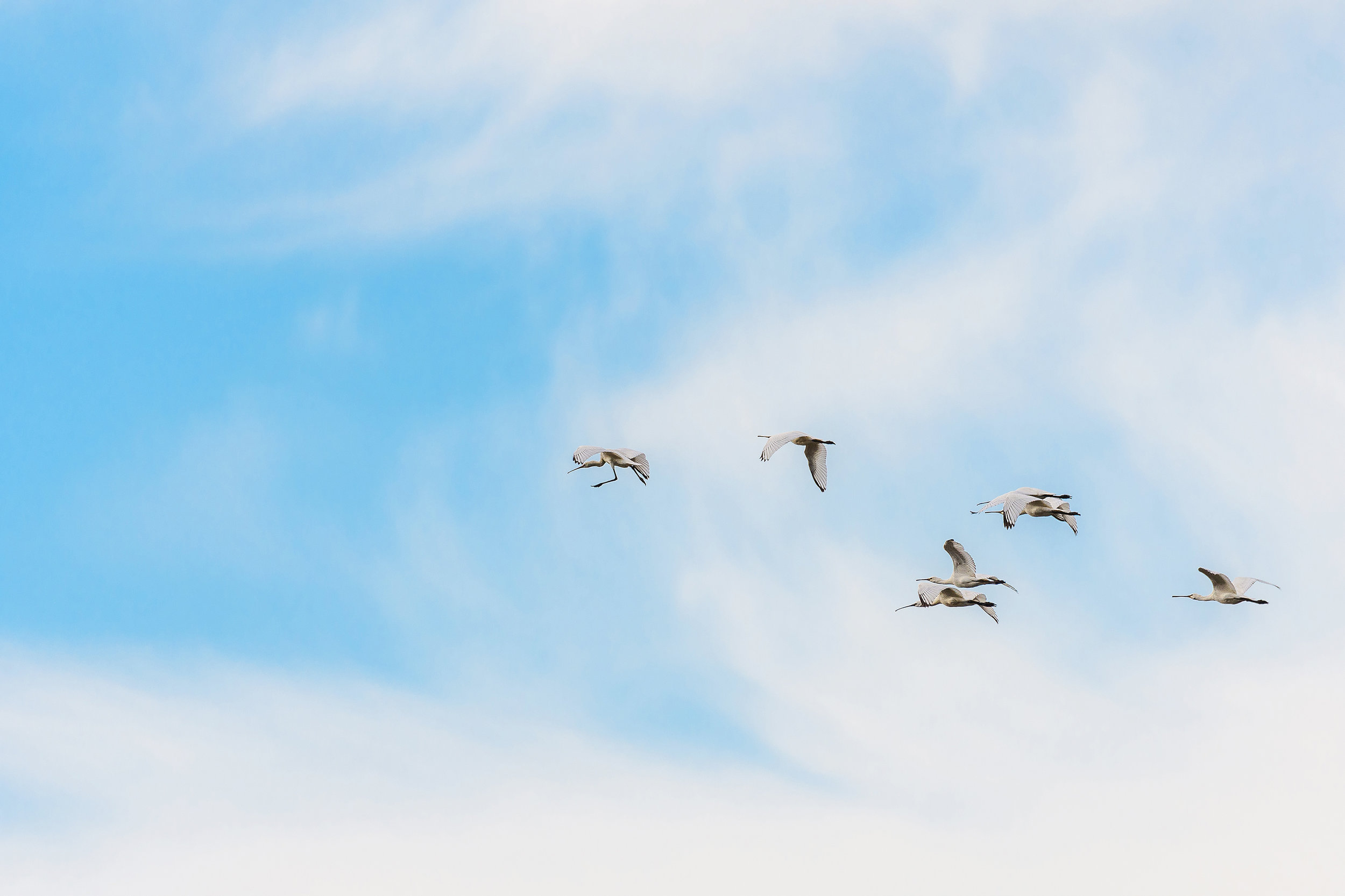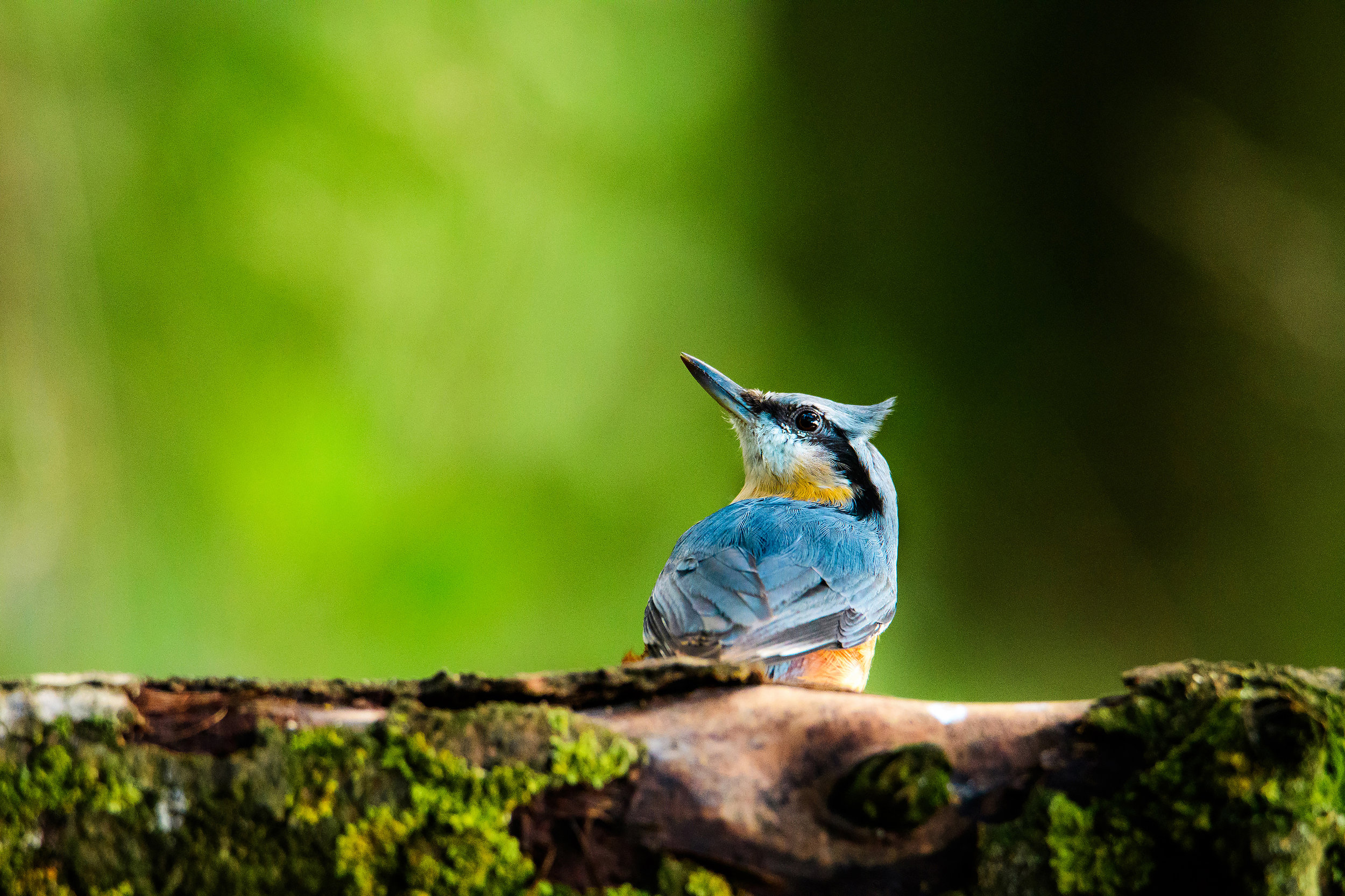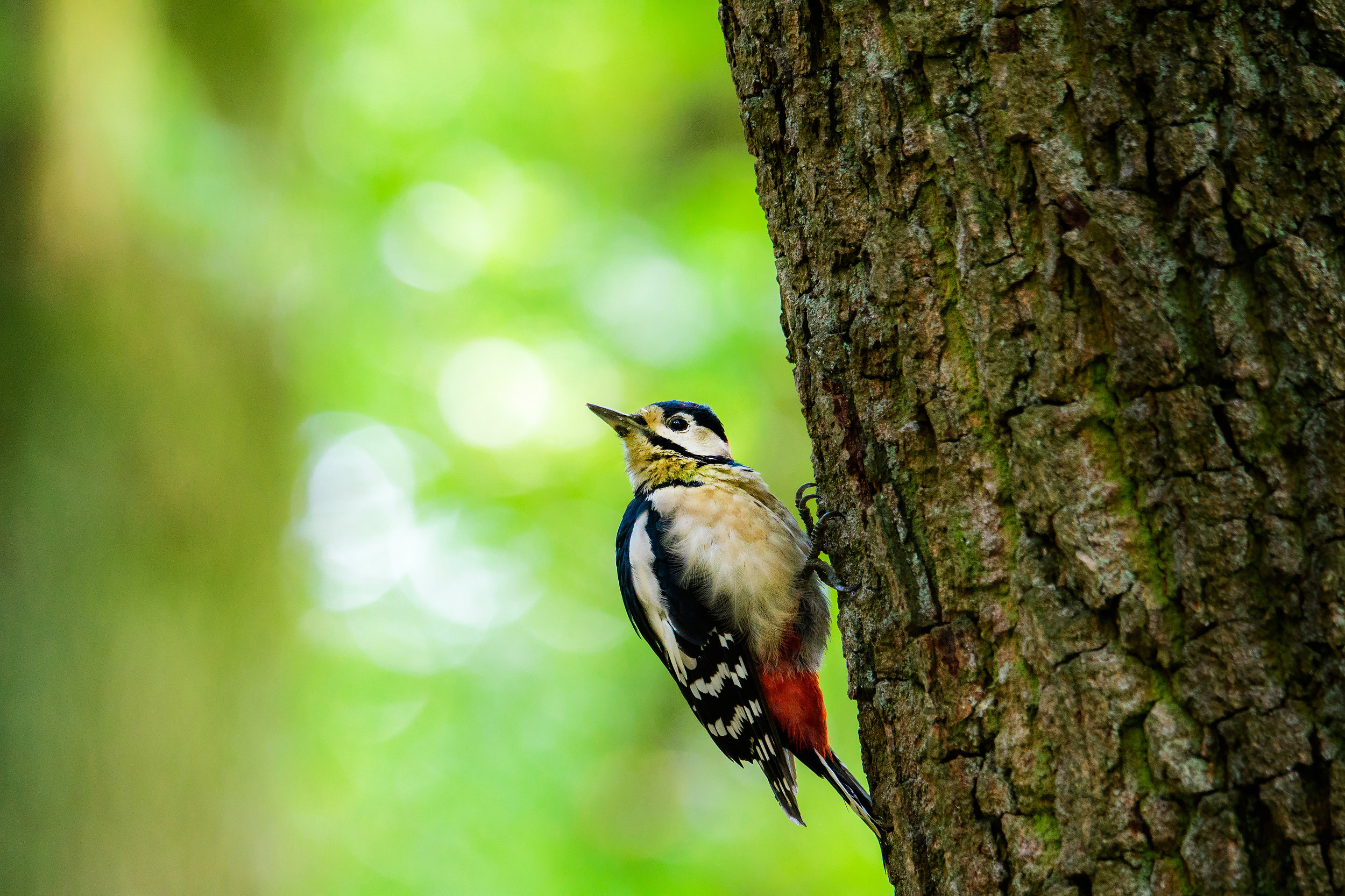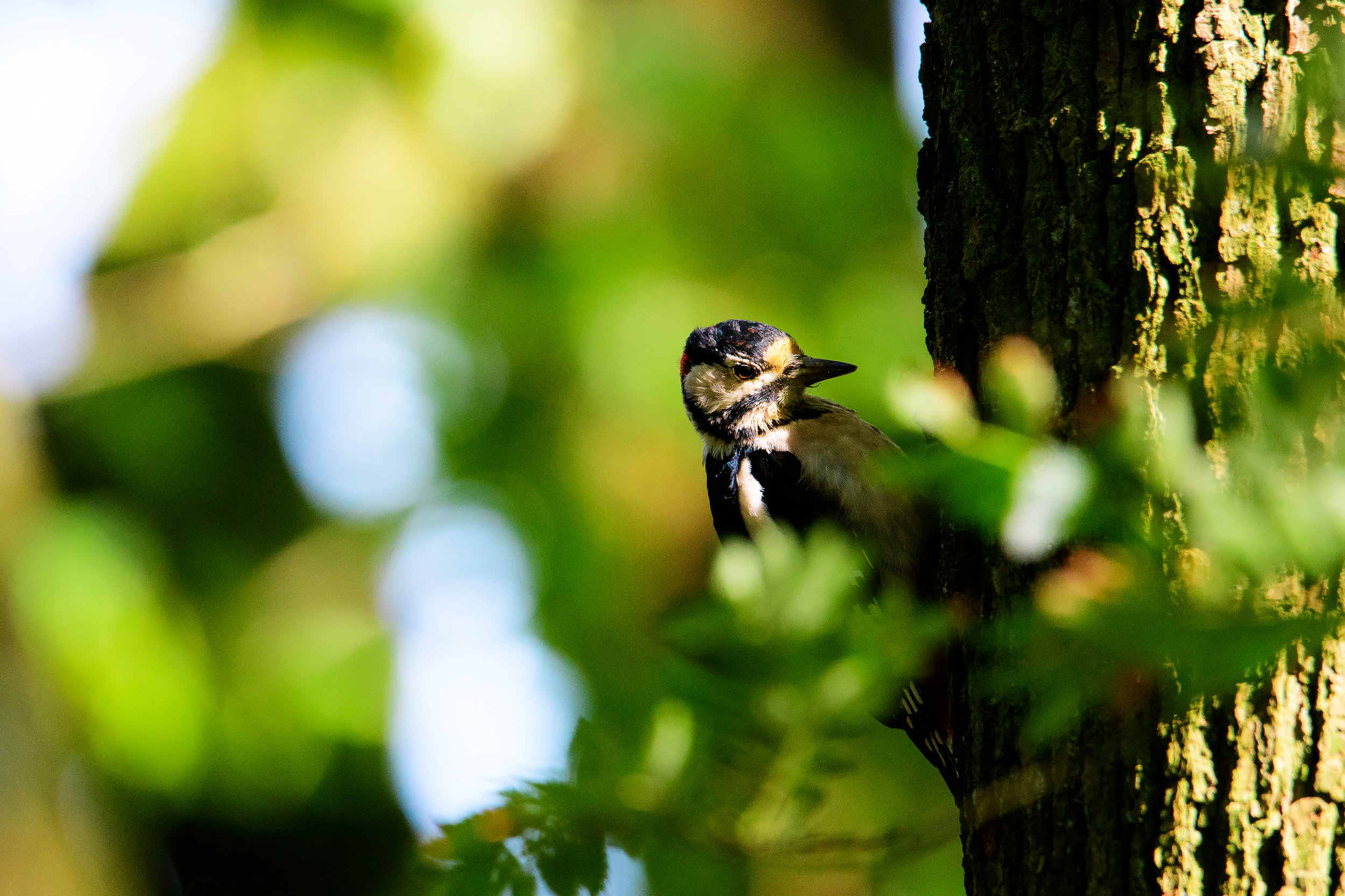Better, Faster, Stronger in search of an ultimate, yet portable, bird photography setup
Full screen gallery below
Ok, ultimate in this case is a relative term. It’s a mix between reach, aperture range, sharpness and a price that is somewhat affordable. Fast telephoto lenses are not within my budget.
All the photos in this blog are captured with the Nikon D500 and the Tamron 150-600 G2, with the exception of the “compare” photos.
Introduction
The last few years I bought several telephoto lenses for my Sony and Olympus cameras. So, with the current Fujifilm set there was no exception. I purchased the Fujifilm XF100-400mm f/4.5-5.6 R LM OIS WR, together with the 1.4x tele converter.
These lenses really let me pursue my passion in nature and wildlife photography. Especially wildlife photography that is becoming my favourite next to landscape photography. Just heading out in nature and enjoy the surroundings and wildlife is especially relaxing. I’ve had the privilege to be able to photograph different deer, fallow deer, red deer, birds, but also several foxes (which I absolutely love) and other types of animals. But I kept wondering if my mirrorless system was up for the job? Especially for photographing small and erratic birds.
Is more better?
I’ll try to explain why I still do wonder. It isn’t so much the camera or the lens, but more the combination. I now photograph with the Fujifilm X-T2, which I absolutely love! I have the 100-400mm and the 1.4x tele converter and it is a very sharp combination and fast to focus. However, you need enough light for the F8 aperture and contrast to get sharp photos.
Recently I have been photographing small birds more and more and wanted more reach without resorting to the tele converter. So, I thought a bigger and better lens will solve my problem. There are many options, but in the end, there were only three options for me to test. As I had the opportunity to shoot with a Nikon D500, I could go with the Nikon 200-500F5.6, the Sigma 150-600 C or the Tamron 150-600 G2 which was recently released.
So, in the end I went with the Tamron SP 150-600mm f/5.0-6.3 Di VC USD G2, as a fast telephoto prime lens is too heavy to carry out in the field and my bank account cannot carry the load either. So together with www.cameranu.nl I was able to test this combination to see if my curiosity and lust for more reach was well founded.
The lens
The Tamron SP 150-600mm f/5.0-6.3 Di VC USD G2 is incorporating a long reach and acceptable weight within a relative compact lens design. All the specifications are available here, Tamron specifications, so I won’t bother you with them.
The lens itself feels very solid with nice materials used, such as; metal, rubber and high-grade quality plastics. Furthermore, Tamron really thought this design through, incorporating a locking mechanism for travel and a mechanism to set and fix the lens at any focal length by pushing the zoom ring forwards. A very nice and handy feature.
The zoom ring feels smooth with the appropriate resistance, although it could be a bit smoother, but I guess this will improve through usage. Due to the big range, it is not possible to zoom from 150mm to 600mm in one go. Not really a problem, but fast zoom action is therefore a bit limited. Focussing with the focus ring is precise, but feels a bit light for my taste. It is very easy to knock off the focus when you are not paying attention. The remaining buttons and switches feel solid and have a decent click to them.
The addition of the arca-swiss compatible tripod collar is a very warm welcome, all manufacturers should do this, so there is no need for extra adapters. Together with the relative big size of the tripod collar which also helps when carrying the lens. A real treat.
Furthermore, the lens has a very good optical stabilization system, which can reduce shake up to 4.5 stops. In my experience, it is more somewhere between 3-4 stops, but you mileage may vary. In any case it will not reduce blurry shots from fast moving little birds, so in this case you need to crank up the ISO and shutter speed.
One thing that really jumped out, was that the stabilization sometimes got “lost” and recovered by “jumping” back into stabilizing the image. This is something I have never encountered with the Fujifilm 100-400mm which has really exceptional stabilization and therefore a much smoother experience.
But it has to be said that the stabilization works very well. And the different stabilization modes help with different shooting styles.
The camera
The Nikon D500 does not need an introduction. This well-known camera is mainly focused on sport and wildlife photography. Where fast moving subjects can be captured with the phenomenal autofocus system and the super responsive shutter and fast frames per second capture capability. Combine this with a very good 20-megapixel sensor and this combination is hard to beat, maybe even the pinnacle of the aps-c cameras at the moment. If this is also the case for me and my style of photography, just read on.
When I first held the D500 in my hands, I was surprised how big the traditional dslr cameras are. I photograph with mirrorless cameras now for several years and forgot how compact these cameras really are. That is really put into perspective when holding the D500.
Once used to the size you can feel the solid grip and robust build. Not that mirrorless cameras aren’t robust or cannot provide a good grip. On the contrary, the Fujifilm X-T2 gives me several configurations with manual grips and vertical battery grips that let me configure the camera to fit my specific needs and shooting conditions.
The size is something you quickly get used to and then the camera feels really good in the hand. The viewfinder is a treat, big and bright, but that is to be expected from a camera like this. The autofocus (and tracking) is really something else, nothing can touch it, apart from the D5 and Canon 1Dx. But these are in a completely different league and price range. The camera tracks moving subjects very well, as long as they are of substantial size. With smaller subjects the size of the focus points themselves can become a problem, as they can be too big.
When the camera loses focus on the subject, the system is so responsive that it will be back in focus with a blink of an eye. It is that fast! So, for sport, action and wildlife photography this camera is really something else. The only mirrorless camera that can come close or even match it is the new Sony A9 I guess, but have not tested it, would love to though!
The photos from the D500 are good, but to be honest I was expecting more. The D500 does a little bit better noise wise compared to the X-T2, but it is really close. Dynamic range is also close, it depends on the circumstances where one is better than the other and vice versa. I think my expectations were set a bit high, unfounded to be honest. I guess no camera performs miracles.
The combination
The Tamron feels balanced on the D500. To improve the balance even further you can opt for the additional battery grip on the D500. I used it and it is definitely an improvement, but not a necessity. The total weight of the set does increase in this case, up to the point that it is becoming a pain to carry all day. Either way I chose to bring a monopod with me just to keep the set steady and let the weight rest on the monopod.
So just to be clear on weight issues. Mirrorless cameras aren’t necessarily lighter than the dslr counterparts, especially when it comes to a combination with a long telephoto lens. However, the weight difference between my set (X-T2, with grip, 3 batteries, 1.4x tele converter & 100-400 lens) and the D500 (without grip) is about 300 grams, with grip it is probably over 500 grams. Which is not a big deal, but can be significant if you need to carry this all-day long.
The combination did work flawlessly and never let me down. In the end, the Tamron lens behaved just like a Nikon lens would. In some regards the Tamron is maybe even better than some of the more “plastic feeling” lenses of Nikon these days. But if this combination is better than my Fujifilm, see the examples and my experience below. The sharpness in these examples favour the Nikon/Tamron a bit, it's really close, except when looking at the brick wall that is more than 20 meters away.
Click photos (left side from Fujifilm, right side from Nikon/Tamron)
My experience
Well, now I need to compare my experience with the Nikon D500 and Tamron lens to my trusty Fujifilm set. First off, the Tamron is a truly wonderful build, compact, sharp lens. Really for the money you cannot go wrong! The materials used, the design, the quick and accurate focus of the lens, all is really good. The one thing maybe is the weight of the lens.
The camera really surprised me at first. The focus, focus tracking and the overall responsiveness. However, after a few days of intensive shooting I am less enthusiastic, let me explain.
I have become so used to the advantages of mirrorless cameras that it's hard to go back to more traditional dslr cameras. The continuous live view in the electronic viewfinder is a real advantage. I never have to worry about the right exposure, as the viewfinder displays the actual "live" exposure. This lets me concentrate more on the composition and contrast than on the correct exposure. The focus speed is also much improved, so much so that focus speed is usually quicker on my Fujifilm than on other cameras, except maybe in very dim lit situations or high-speed tracking. Also, the ability to change the autofocus box and set it to larger, smaller or even spot focus is really a winner in my book. Now I can really nail focus on small birds or objects. This works a lot better than the relatively large focus point on the D500.
Great Tit (Koolmees)
As for editing the raw files, I personally find the X-T2 files more flexible. Which isn’t to say that the D500 are not. I took me quite some time to get used to the Fujifilm raw files in post processing and editing was a pain the first few times, adjusting my workflow. So now that I’m used to this, the Nikon files feel different and less flexible. However, I did notice that the falloff of the highlights was a bit harsh on the D500. This is something that the X-T2 does very well.
So, in the end I cannot say that the D500 is better or worse than my X-T2. All I can say is in the end the camera that suits you will give you the best results and you will learn to work around the shortcomings. Although the tracking of the D500 is really something else!
So now what?
I have really enjoyed photographing with this combination and it inspired me to do new and other things, so learning and adapting towards something new is always a good thing. The lens really met and exceeded my expectations. The quality is just so much better than a few years ago, you really cannot go wrong with this lens.
The optical quality is very good. Sharpness and detail is exceptional at short distances. Medium distances it still shines, but you need good light and contrast. The only thing is that towards infinity, so 20 meters plus distance, the sharpness seems to decrease a bit. All in all, not a deal breaker.
In the end, I think this lens will perform even better of full frame, which it is optimized for! Other reviews do state the same! At the time, I had no opportunity to test the lens on a full frame Nikon.
Eurasian Nuthatch (Boomklever)
The camera is a different story. I love the responsiveness and the fast autofocus tracking. The build and sensor capabilities are really top notch. But in the end for me, I just cannot go back to a traditional dslr. The advantages of mirrorless cameras have a hold on me! The ease of use with live view. The flexibility in focussing. Just the whole experience let me concentrate more on the photo, composition, contrast and mood than on operating a tool that a camera still is.
for me, I just cannot go back to a traditional dslr. The advantages of mirrorless cameras have a hold on me!
So, the conclusion of the conclusion. I thought the Nikon and the Tamron would bring me more reach in a better combination for bird photography than the Fujifilm with the 100-400 and the tele converter. In the end, it really doesn’t matter. Depending on the circumstances the one is better than the other and vice versa. So, I’m staying at the Fuji side for now. And maybe, maybe, if Tamron would make this lens available in Fujifilm X mount I will consider it!
Enjoy the rest of the photos, made from a camouflaged hut at the edge of a forest.

















